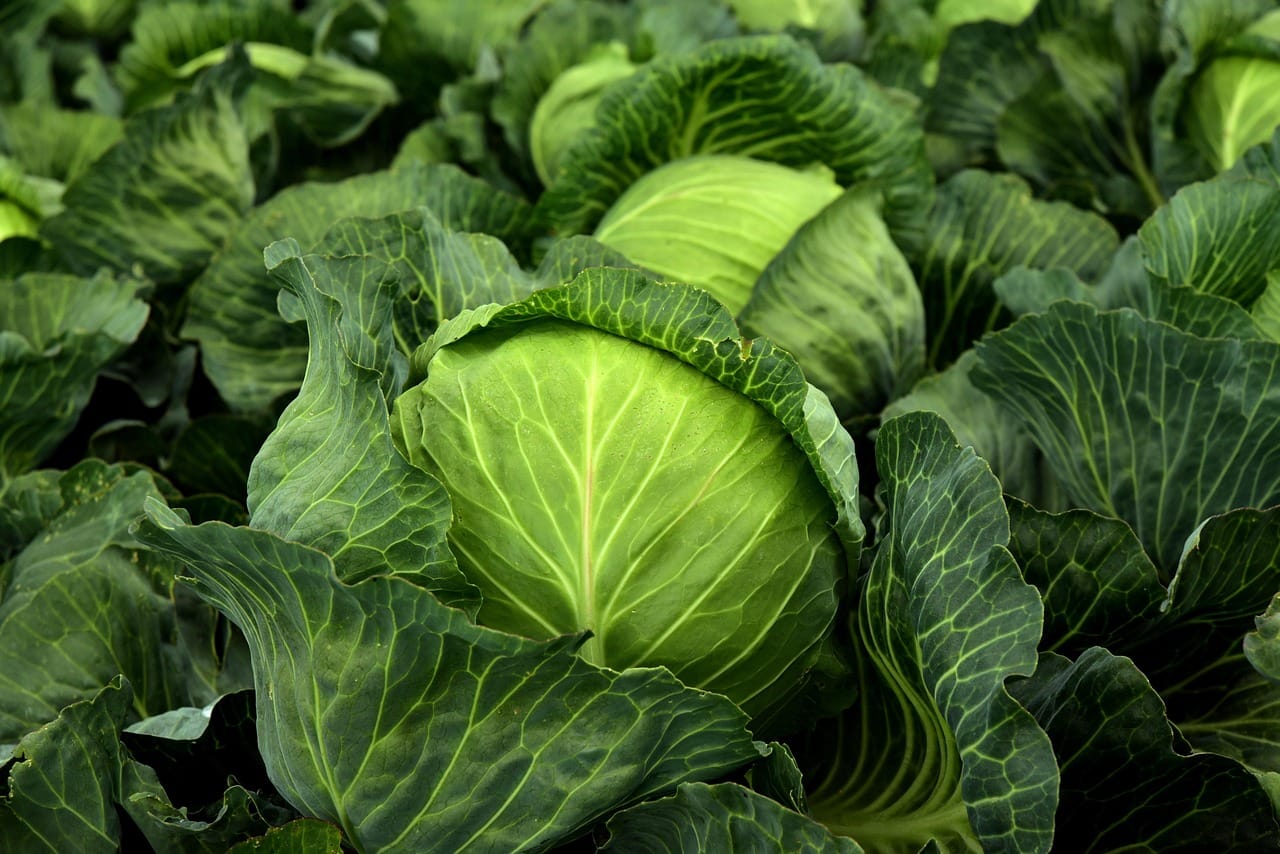Chicken stir fry: it’s a weeknight dinner champion, a customizable canvas for culinary creativity, and a healthy and delicious way to get your protein and veggies in one go. But beyond the basic concept lies a world of flavor possibilities and techniques that can elevate your stir fry from ordinary to outstanding. This guide will equip you with everything you need to master the art of chicken stir fry, from choosing the right ingredients to achieving that perfect wok hei (wok breath).
Choosing Your Chicken
Selecting the Right Cut
The type of chicken you choose will significantly impact the final texture and flavor of your stir fry. Boneless, skinless chicken breasts and thighs are both excellent options, but they offer different characteristics.
- Chicken Breast: Lean and quick-cooking, chicken breast is a popular choice. To prevent dryness, slice it thinly across the grain. Aim for pieces about 1/4 inch thick. Marinating is also crucial for adding moisture and flavor.
Example: A simple marinade of soy sauce, sesame oil, ginger, and garlic works wonders.
- Chicken Thighs: Thigh meat is richer in flavor and more forgiving than breast meat. It tends to stay moist even with slightly longer cooking times.
Example: Consider using boneless, skinless chicken thighs for a more succulent and flavorful stir fry.
Preparation Techniques
Proper preparation is key to achieving tender and evenly cooked chicken.
- Slicing: As mentioned, slicing the chicken thinly is essential. This allows it to cook quickly and absorb the flavors of the sauce.
- Marinating: Marinating is a game-changer. It tenderizes the chicken, infuses it with flavor, and helps it brown beautifully. A 15-30 minute marinade is usually sufficient.
- Pro Tip: Use a meat tenderizer or pound the chicken lightly to even out the thickness and speed up the cooking process.
Selecting and Preparing Vegetables
Vegetable Variety
The beauty of stir fry is its versatility. You can use almost any vegetable you like! However, consider the cooking times of different vegetables and add them to the wok accordingly.
- Fast-Cooking Vegetables: Bok choy, snow peas, bean sprouts, and spinach cook very quickly. Add them towards the end of the cooking process.
- Medium-Cooking Vegetables: Broccoli, bell peppers, onions, and mushrooms require a bit more time. Add them earlier in the process.
- Slow-Cooking Vegetables: Carrots, celery, and dense root vegetables need to be added first.
Example: If you’re using broccoli, carrots, and bell peppers, start by stir-frying the carrots for a minute or two before adding the broccoli and then the bell peppers.
Proper Vegetable Preparation
- Consistent Cutting: Cut your vegetables into uniform sizes to ensure even cooking. Julienne, diced, or diagonally sliced vegetables all work well.
- Washing and Drying: Thoroughly wash and dry your vegetables before stir-frying. Excess moisture can hinder browning and create a soggy stir fry.
- Prep Ahead: Prepping your vegetables in advance will make the cooking process much smoother and faster, especially on busy weeknights.
Mastering the Stir-Fry Sauce
Building a Flavorful Base
The sauce is the heart of any good stir fry. It binds the ingredients together and adds a depth of flavor that elevates the dish.
- Soy Sauce: The foundation of most stir-fry sauces, soy sauce adds umami and saltiness. Use low-sodium soy sauce to control the salt content.
- Sesame Oil: A small amount of sesame oil adds a nutty aroma and flavor. Use it sparingly, as it can be overpowering.
- Ginger and Garlic: These aromatic ingredients are essential for adding warmth and complexity. Use fresh ginger and garlic for the best flavor.
Example: Mince the ginger and garlic finely or grate them for optimal flavor release.
Adding Depth and Complexity
Beyond the basics, experiment with different ingredients to create unique and exciting sauces.
- Oyster Sauce: Adds a rich, savory flavor and a glossy sheen to the sauce. (Vegetarian option: use mushroom-based sauce)
- Hoisin Sauce: A sweet and savory sauce made from fermented soybeans, garlic, and spices.
- Chili Garlic Sauce: Adds a spicy kick to the sauce. Adjust the amount to your preference.
- Rice Vinegar: Adds a touch of acidity to balance the flavors.
- Cornstarch: Used as a thickening agent to create a glossy and clingy sauce.
* Example: A classic stir-fry sauce recipe might include: 2 tablespoons soy sauce, 1 tablespoon sesame oil, 1 tablespoon rice vinegar, 1 teaspoon cornstarch, 1 clove minced garlic, 1 teaspoon grated ginger, and 1/2 teaspoon chili garlic sauce.
The Stir-Fry Technique
The Importance of High Heat
High heat is crucial for achieving that characteristic “wok hei,” which refers to the slightly smoky, charred flavor that is unique to stir-fried dishes.
- Wok or Large Skillet: A wok is ideal for stir-frying, but a large, heavy-bottomed skillet will also work.
- Heat Up: Make sure the wok or skillet is screaming hot before adding any ingredients.
- Small Batches: Avoid overcrowding the wok, as this will lower the temperature and result in steamed, rather than stir-fried, ingredients. Work in small batches if necessary.
Stir-Frying Steps
- Oil: Add a small amount of oil to the hot wok or skillet. Peanut oil or vegetable oil are good choices because they have a high smoke point.
- Aromatics: Add the ginger and garlic and stir-fry for a few seconds until fragrant.
- Chicken: Add the chicken and stir-fry until cooked through. Remove the chicken from the wok and set aside.
- Vegetables: Add the vegetables in order of cooking time, starting with the slowest-cooking vegetables. Stir-fry until tender-crisp.
- Sauce: Add the sauce to the wok and bring to a simmer.
- Combine: Add the chicken back to the wok and toss to coat with the sauce.
- Serve: Serve immediately over rice or noodles.
Common Mistakes to Avoid
- Overcrowding the Wok: This lowers the temperature and prevents proper browning.
- Using Too Much Oil: This can make the stir fry greasy.
- Not Preheating the Wok: A cold wok will result in steamed, rather than stir-fried, ingredients.
- Adding Too Much Sauce at Once: This can lower the temperature and make the stir fry soggy. Add the sauce gradually and adjust to taste.
Serving Suggestions & Variations
Serving Ideas
- Rice: White rice, brown rice, or fried rice are classic accompaniments.
- Noodles: Lo mein noodles, rice noodles, or udon noodles are all great options.
- Garnish: Sprinkle with sesame seeds, chopped green onions, or crushed peanuts for added flavor and texture.
- Add a Fried Egg: Topping your stir fry with a fried egg adds extra protein and richness.
Chicken Stir Fry Variations
- Spicy Chicken Stir Fry: Add more chili garlic sauce, sriracha, or diced chili peppers to the sauce.
- Sweet and Sour Chicken Stir Fry: Use a sweet and sour sauce made with pineapple juice, vinegar, and sugar.
- Cashew Chicken Stir Fry: Add roasted cashews to the stir fry for a crunchy texture.
- Kung Pao Chicken Stir Fry: A classic Sichuan dish with peanuts, dried chili peppers, and Sichuan peppercorns.
- Teriyaki Chicken Stir Fry: Use a teriyaki sauce made with soy sauce, mirin, and sugar.
Conclusion
Chicken stir fry is a versatile and rewarding dish that can be customized to your liking. By following these tips and techniques, you can create restaurant-quality stir fry in the comfort of your own home. Experiment with different ingredients and sauces to find your favorite combinations, and enjoy the deliciousness of a quick, healthy, and flavorful meal. So grab your wok, sharpen your knife, and get ready to stir-fry your way to culinary success!




